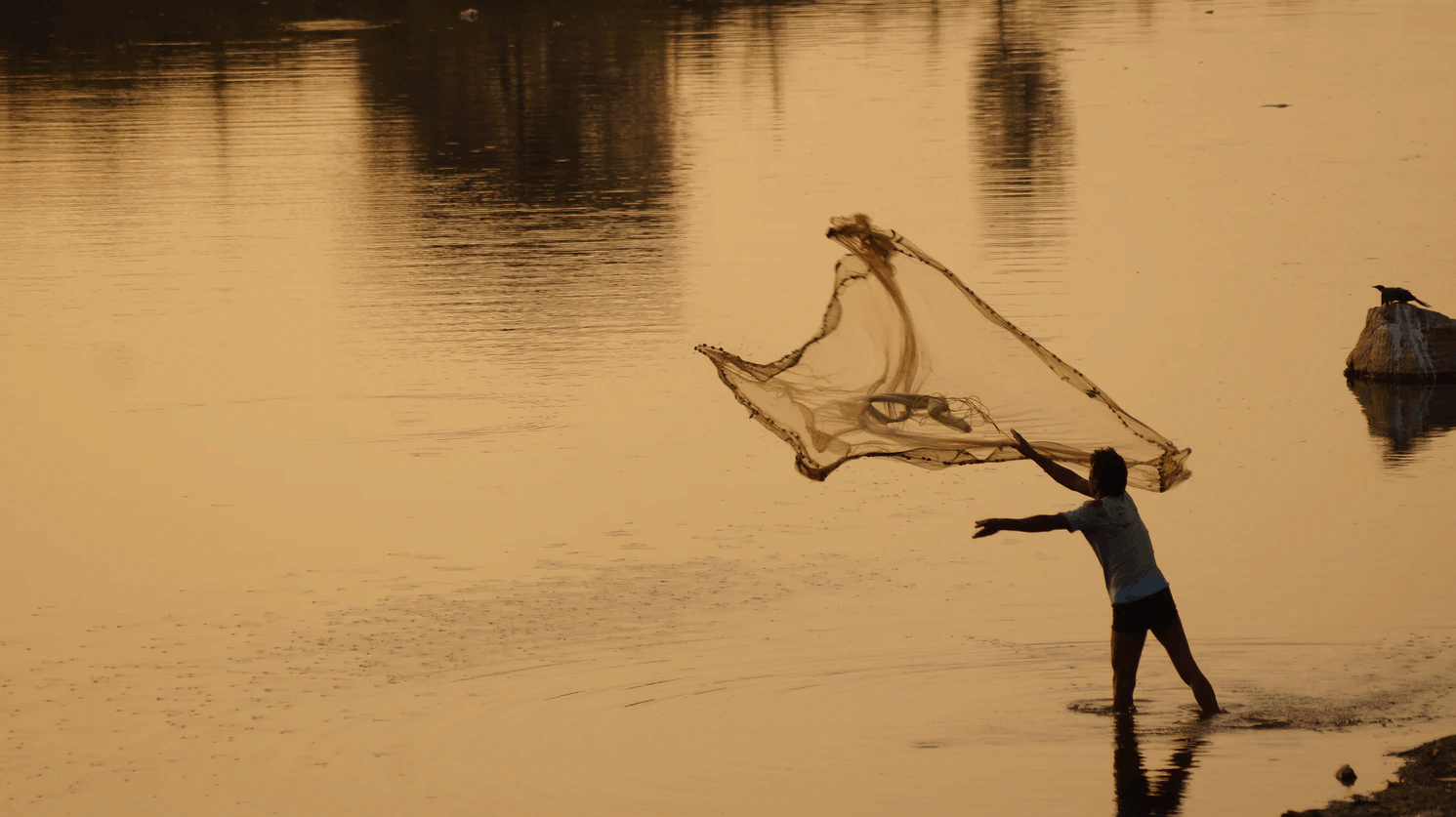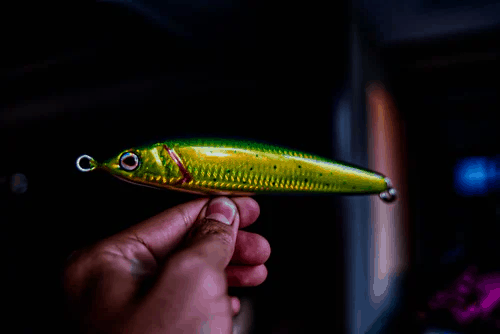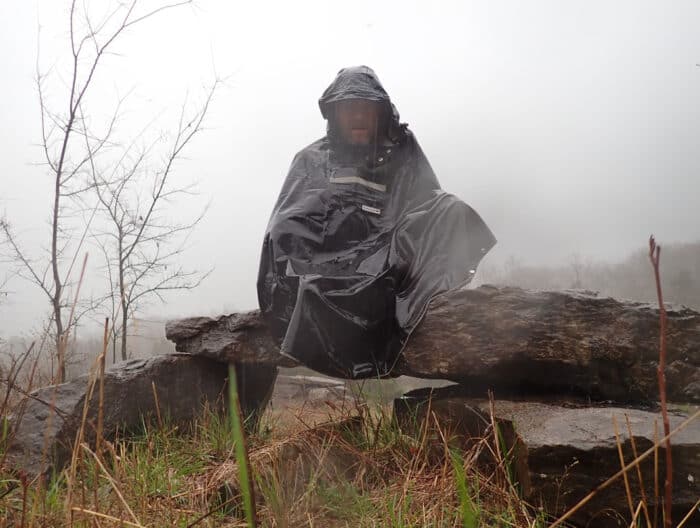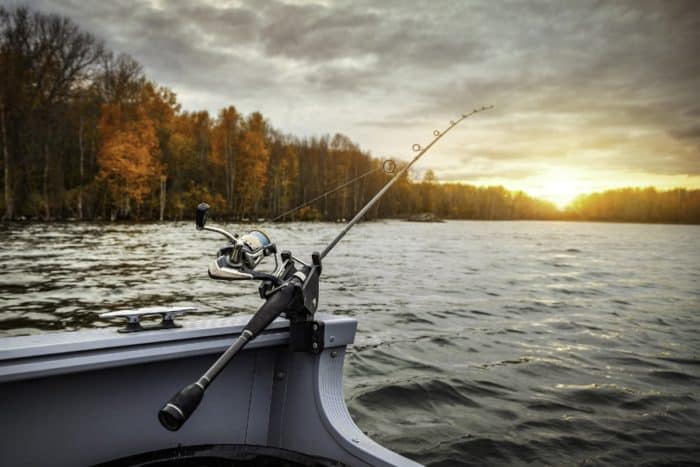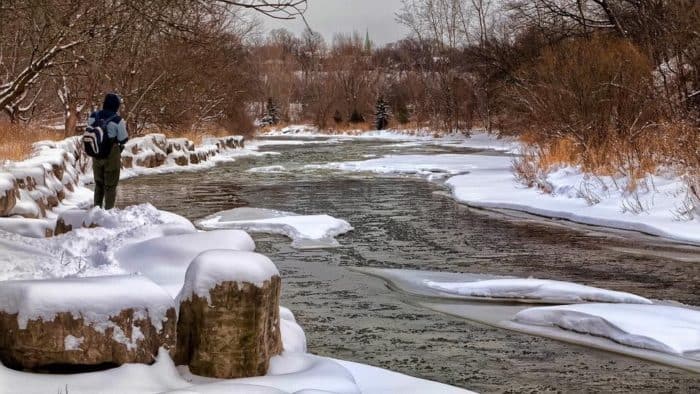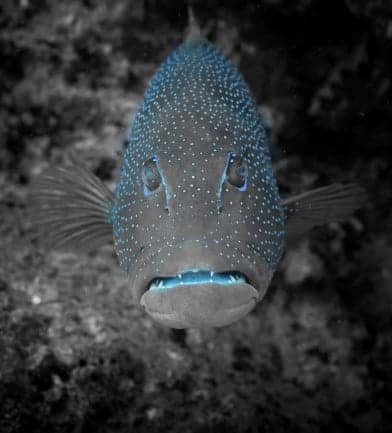Ballyhoo Fish 101: Ultimate Guide
There’s a good chance you have seen ballyhoo fish and likely not realized it. Ballyhoo fish are small halfbeak fish that skip across the water when being chased by predatory fish. Even though this helps the ballyhoo fish to escape, it also brings attention to other predatory fish nearby. This is bad news for the ballyhoo fish but good news for those who can catch the ballyhoo fish to use them as cut bait for larger saltwater game.
Ballyhoo Fish Facts
Ballyhoo are part of the Hemiramphidae family and can reach a maximum length of 35mm, which is just slightly over 1-foot long; however, they are most commonly between 6” and 12” long. They have a long cylindrical body with a shiny exterior, making them perfect to use as baitfish.
Here are some other facts about ballyhoo fish that you might not know.
Where Are ballyhoo Fish Located?
Ballyhoo fish can be found throughout the seas in the western hemisphere. They are found throughout the Atlantic Ocean, from the western coast of Africa to the eastern coast of the United States. Ballyhoo have also migrated to the Caribbean and the Gulf of Mexico, making them found throughout the Gulf and Caribbean coasts of the United States, Mexico, Central America, and South America.
What Do Ballyhoo Fish Eat?
Because Ballyhoo fish are small, they eat small organisms. Ballyhoo most commonly eat insects, insect larvae, algae, plankton, and fish eggs. It is often when Ballyhoo are feeding in schools that larger predatory fish hunt them.
How to Catch Ballyhoo
Ballyhoo can be caught using two different methods, so it’s up to you to ultimately decide which one, or both, you want to use.
Option #1: Cast a Net
The easiest way to catch Ballyhoo is to cast a net into a school of Ballyhoo. You will want to use a net between 6 and 12-feet in diameter to have the best chance of catching Ballyhoo.
Option #2: Use an Ultralight Rod
You can catch Ballyhoo in the traditional sense while using an ultralight rod. An ultralight rod is more sensitive than light, medium, and heavy rods, and this is exactly what you’ll need when using a rod to catch Ballyhoo. The ultralight rod will help you feel when Ballyhoo strikes your bait, increasing the chance that you will set the hook on the small fish.
How to Rig a Ballyhoo
Fishing lures are designed to mimic ballyhoo fish with the hooks being placed exactly where they need to be when they were assembled during manufacturing; so how do you rig a ballyhoo fish?
First, you will need to make sure you have some copper wire and the hook of your choice before getting started. Then, you can follow these simple instructions.
- Wrap the hook with copper wire
- Tie the copper wire to the hook and leave about 12” of excess hanging wire from the hook
- With the Ballyhoo in your hand, gently pull back the gill of the fish and insert your hook, careful not to pierce the sides of the Ballyhoo while doing so
- Carefully work your hook down the length of the body of the Ballyhoo, slowly turning your hook so that it can exit the belly of the Ballyhoo once it has made its way through the Ballyhoo
- Once your hook has been turned in the right direction during placement, gently pierce the stomach of the Ballyhoo with the hook to expose the hook
- Make sure the hook is secured by taking the excess wire and wrapping it around the bill of the Ballyhoo and securing it in place
FAQs
These are some of the most commonly asked questions about all things Ballyhoo.
What Can You Catch With Ballyhoo?
Ballyhoo is great for catching larger fish that would naturally feed on them. This includes tuna, marlin, mahi-mahi, and wahoo. These are often found on the coastal beaches in Gulf Shores, Alabama.
Ensure that you have rigged your Ballyhoo the best way for the type of fish you’re targeting. This includes tying your hook with between 5 to 8 knots to ensure the hook will stay on the line and the Ballyhoo as it is rigged.
Where Can I Catch Live Ballyhoo?
Live Ballyhoo can be found throughout the coasts of the Atlantic Ocean, from west Africa to the United States, as well as throughout the coasts in the Caribbean Sea and the Gulf of Mexico. When catching live Ballyhoo in the Atlantic, you’ll need to focus on the tropical and subtropical waters, as Ballyhoo thrives in the warm waters of these climates.
How Do You Fish With a Rigged Ballyhoo?
Once you have correctly rigged your Ballyhoo, it’s now time to fish.
First, make sure your Ballyhoo has been rigged correctly. The Ballyhoo should move naturally through the water after it is rigged. Its back should be limber and mimic natural swimming motions in the water. You can also add a squid skirt or other flashy jig head to help catch the attention of predatory fish.
Once you have cast your Ballyhoo in the water, you can use most any fishing technique, including trolling, chumming, and drifting. As long as you place the Ballyhoo in the water where it would naturally be found while making movements that it would naturally make, you will have the most luck nabbing a big fish using rigged Ballyhoo.
Categories: Fishing
